Table of content
Introduction
Fresh beef is a staple in many cuisines worldwide, renowned for its rich flavor, nutritional value, and versatility in cooking. Whether you’re a home cook preparing dinner for your family or a chef managing inventory in a bustling restaurant, ensuring that fresh beef retains its quality, taste, and safety is paramount. Proper preservation techniques can significantly extend the shelf life of beef while maintaining its freshness and texture. This article delves into the best practices for preserving fresh beef, exploring various methods, their effectiveness, and the considerations you need to make to ensure optimal results.
Understanding Fresh Beef
Before discussing preservation methods, it’s crucial to understand the characteristics of fresh beef that influence its shelf life. Fresh beef is perishable due to its high protein and moisture content, which makes it susceptible to bacterial growth and spoilage. Proper handling and storage are essential to prevent the growth of harmful bacteria, such as Escherichia coli (E. coli) and Salmonella, which can cause foodborne illnesses.
Factors that Affect Beef Preservation
Several factors influence how well fresh beef can be preserved, including:
-
Quality of the Beef: The initial quality of the beef, including its age, breed, and feed, affects its shelf life and susceptibility to spoilage.
-
Temperature Control: Temperature is the most critical factor in preserving fresh beef. Bacteria grow rapidly at temperatures between 40°F (4.4°C) and 140°F (60°C), known as the “danger zone.” Keeping beef at or below 40°F (4.4°C) slows bacterial growth.
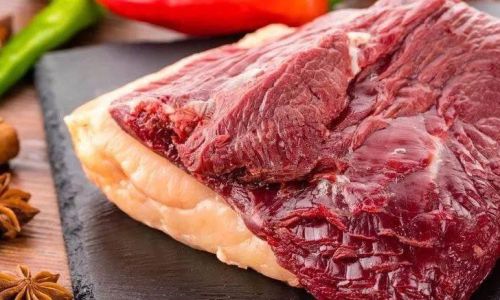
-
Packaging: The type of packaging used can affect the rate of oxidation and moisture loss, which in turn impact the beef’s texture and flavor.
-
Handling: Proper handling practices, such as avoiding cross-contamination and using clean utensils, are vital in maintaining the safety and quality of beef.
-
Storage Conditions: The environment where the beef is stored, including humidity, light exposure, and air circulation, can also affect its preservation.
Preservation Methods
Refrigeration
Refrigeration is the most common and effective method for preserving fresh beef. By maintaining a temperature of 32°F to 40°F (0°C to 4.4°C), you can significantly slow down bacterial growth and extend the shelf life of beef.
Tips for Refrigeration:
-
Prompt Cooling: As soon as you purchase or harvest the beef, refrigerate it immediately. If you’re bringing it home from the store, use a cooler with ice packs to keep it cold during transit.
-
Proper Packaging: Store beef in airtight containers or wrap it tightly in plastic wrap or aluminum foil to prevent air exposure and moisture loss. Vacuum sealing is an excellent option for long-term storage as it removes oxygen, further inhibiting bacterial growth.
-
Organization: Keep raw beef on the bottom shelf of your refrigerator to prevent cross-contamination with ready-to-eat foods.
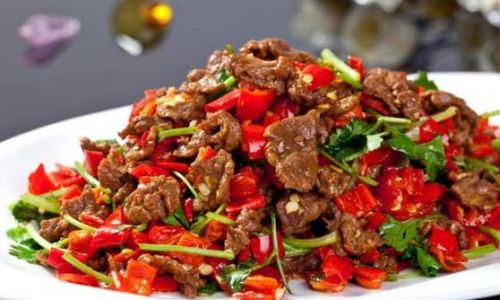
-
Use by Dates: Monitor the “use by” or “sell by” dates on packaging and use the beef before these dates to ensure freshness.
Freezing
For longer-term preservation, freezing is the gold standard. Freezing beef at 0°F (-17.8°C) or below stops bacterial growth almost completely, allowing you to store beef for several months.
Tips for Freezing:
-
Preparation: Trim off excess fat and wrap the beef tightly in freezer-safe plastic wrap, heavy-duty aluminum foil, or vacuum-sealed bags. Label the packages with the date and type of beef for easy identification.
-
Portioning: Freeze beef in smaller portions or individual meals to avoid thawing and refreezing, which can degrade the quality.
-
Freezer Temperature: Ensure your freezer maintains a consistent temperature of 0°F (-17.8°C) or below. Check the freezer temperature regularly using a thermometer.
-
Thawing: When ready to use, thaw beef in the refrigerator, which takes several hours to a day depending on the size. Avoid thawing on the counter or in hot water, which can promote bacterial growth.
Canning and Pickling
While less common for beef, canning and pickling can be effective preservation methods, especially for specific cuts or preparations like corned beef.
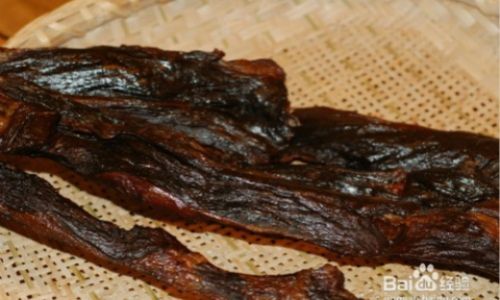
Canning:
-
Pressure Canning: Use a pressure canner to achieve the high temperatures necessary to kill bacteria and ensure safety. Follow established recipes and canning guidelines closely.
-
Quality Control: Ensure all equipment is clean and sanitized to prevent contamination.
Pickling:
-
Brining: Soaking beef in a brine solution (salt, sugar, and water) can help preserve it by drawing out moisture and creating an environment hostile to bacteria.
-
Vinegar-Based Pickles: For a tangy twist, use vinegar-based pickling solutions, which have natural preservative properties.
Drying and Jerky Making
Making beef jerky involves drying the meat to remove moisture, which inhibits bacterial growth. This method requires specific equipment and techniques to ensure safety and quality.
Tips for Drying:
-
Marinating: Use a marinade with acidic ingredients like vinegar or lemon juice to enhance flavor and further preserve the beef.
-
Dehydration: Use a food dehydrator or oven set to a low temperature (around 150°F or 65.5°C) to dry the beef until it reaches a safe moisture content level (typically 15-20% moisture).
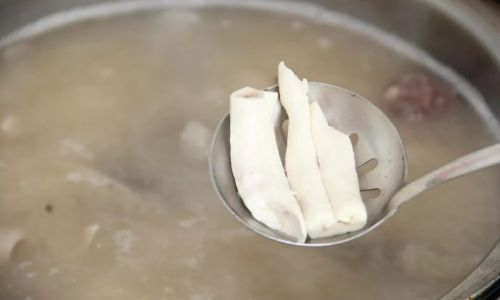
-
Storage: Store dried beef in airtight containers in a cool, dry place to prevent moisture reabsorption and mold growth.
Cryovac and Modified Atmosphere Packaging (MAP)
For commercial settings, cryovac and MAP are advanced preservation techniques that involve sealing beef in plastic films with specific gas mixtures (often carbon dioxide and nitrogen) to create an environment that inhibits bacterial growth and slows oxidation.
Benefits:
-
Extended Shelf Life: These methods can extend the shelf life of beef by weeks or even months.
-
Quality Retention: They help maintain the beef’s color, texture, and flavor.
-
Safety: By reducing oxygen exposure, they minimize the risk of aerobic bacterial growth.
Conclusion
Preserving fresh beef effectively requires a combination of proper handling, temperature control, and appropriate packaging. Whether you’re relying on traditional methods like refrigeration and freezing or exploring more advanced techniques like cryovac and drying, understanding the principles behind each method and adhering to best practices will help ensure that your beef remains fresh, safe, and delicious. Always prioritize food safety, monitor storage conditions, and use beef within recommended timeframes to maximize its quality and enjoyment. By taking these steps, you can confidently serve your family and customers the highest-quality beef dishes, every time.
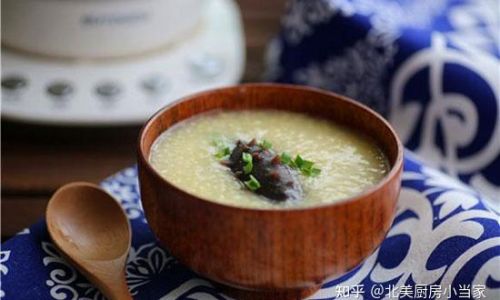
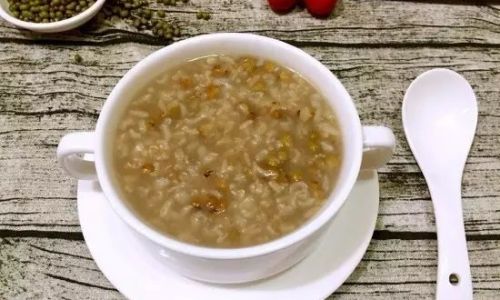

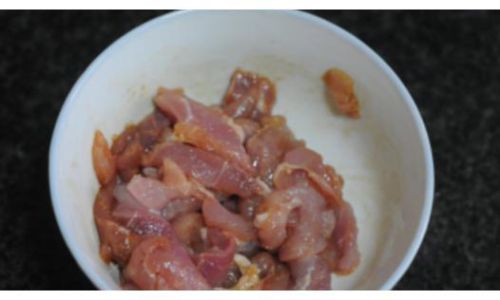
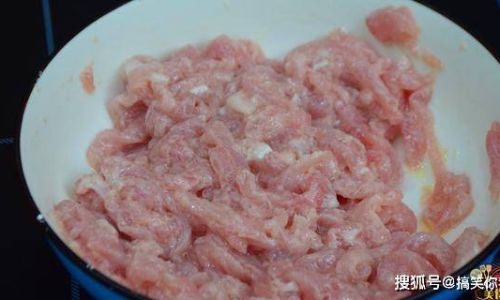
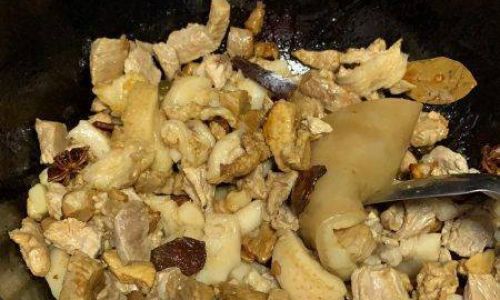
0 comments